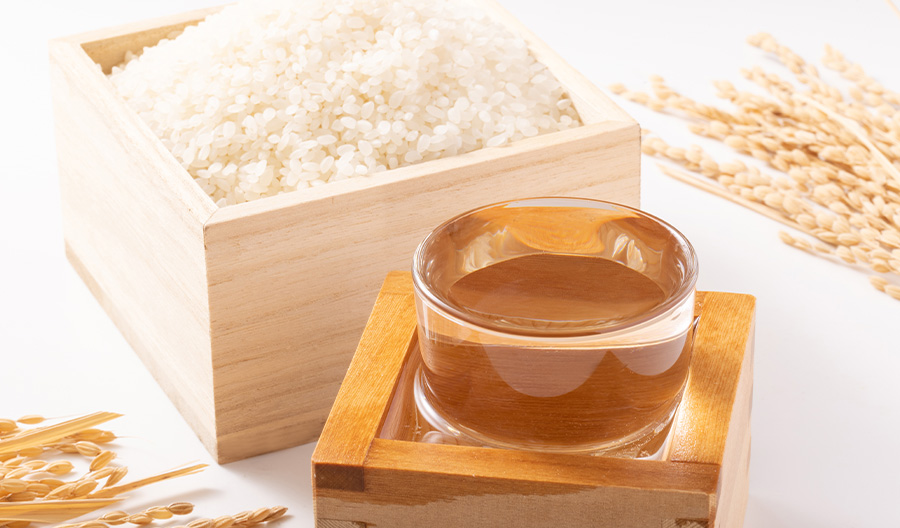Ginjo saké, a revered category of Japanese rice wine, stands as a testament to the meticulous craftsmanship and centuries-old traditions of saké brewing in Japan. Celebrated for its exquisite flavor, complex aroma, and refined production methods, Ginjo saké represents the pinnacle of sake-making artistry. In this article, we'll embark on a journey through the world of Ginjo saké, exploring its history, production techniques, flavor profiles, and its esteemed place in Japanese culture.
A Heritage of Excellence
Ginjo saké finds its roots in Japan's sake-making history, with its emergence in the 20th century signifying a profound leap in quality and sophistication. The term "Ginjo" translates to "carefully brewed" or "special brewing," a nod to the painstaking craftsmanship that defines this saké category.
Production Process
Ginjo saké sets itself apart through a series of precise and labor-intensive production techniques:
Polishing Rice: The heart of Ginjo saké lies in the careful polishing of sake rice. Brewers meticulously remove a significant portion of the outer rice layers, leaving behind the pure, starchy core. This extensive polishing process enhances the saké clarity and purity.
Special Yeast Strains: Ginjo saké is fermented with specialized yeast strains that contribute to its intricate flavor profile. These yeasts are known for producing captivating aromas and nuanced flavors.
Low-Temperature Fermentation: The fermentation process for Ginjo saké occurs at lower temperatures. This slow and deliberate fermentation allows for the development of delicate and intricate flavors while preserving the sake's aromatic compounds.
Extended Fermentation: Ginjo saké often undergoes a longer fermentation period compared to other saké varieties. This extended fermentation contributes to the sake's depth and complexity.

Flavor Profile
Celebrated for its elegant and aromatic characteristics.
Fruity Aromas: Ginjo saké boasts a bouquet of fruity and floral aromas, with hints of apple, pear, melon, and sometimes tropical fruits. These enticing scents are a hallmark of Ginjo saké.
Balanced Sweetness: It typically features a mild sweetness that harmonizes gracefully with a well-defined acidity, resulting in a balanced and approachable flavor profile.
Clean and Silky Finish: The hallmark of Ginjo saké is its clean, smooth, and often silky finish, making it a delightful and refreshing choice.
Types of Ginjo Saké
Ginjo saké encompasses various subcategories, including Junmai Ginjo (made with pure rice and water), Honjozo Ginjo (blended with a small amount of distilled alcohol), and Daiginjo (the pinnacle of Ginjo, with even more polished rice).
Cultural Significance
This saké is deeply intertwined with Japanese culture. It is often enjoyed during ceremonial occasions, and celebrations, and as an integral part of traditional festivals and rituals. Its presence on the dining table signifies an appreciation for artistry and the finer things in life.
Savoring Ginjo Saké
To fully savor the nuances of Ginjo saké, it is best served chilled. Its delicate flavors and aromas shine when paired with a variety of Japanese cuisine, including sushi, sashimi, tempura, and other light and flavorful dishes.
Ginjo saké is a masterpiece of Japanese sake brewing, a testament to centuries of tradition and an unwavering commitment to excellence. With its captivating aromas, balanced sweetness, and clean finish, Ginjo saké invites enthusiasts on a sensory journey through the artistry of Japanese craftsmanship. With every sip, it embodies the essence of Japan's cultural heritage and the devotion to perfecting the craft of saké-making. Cheers to the artistry of Ginjo saké.

